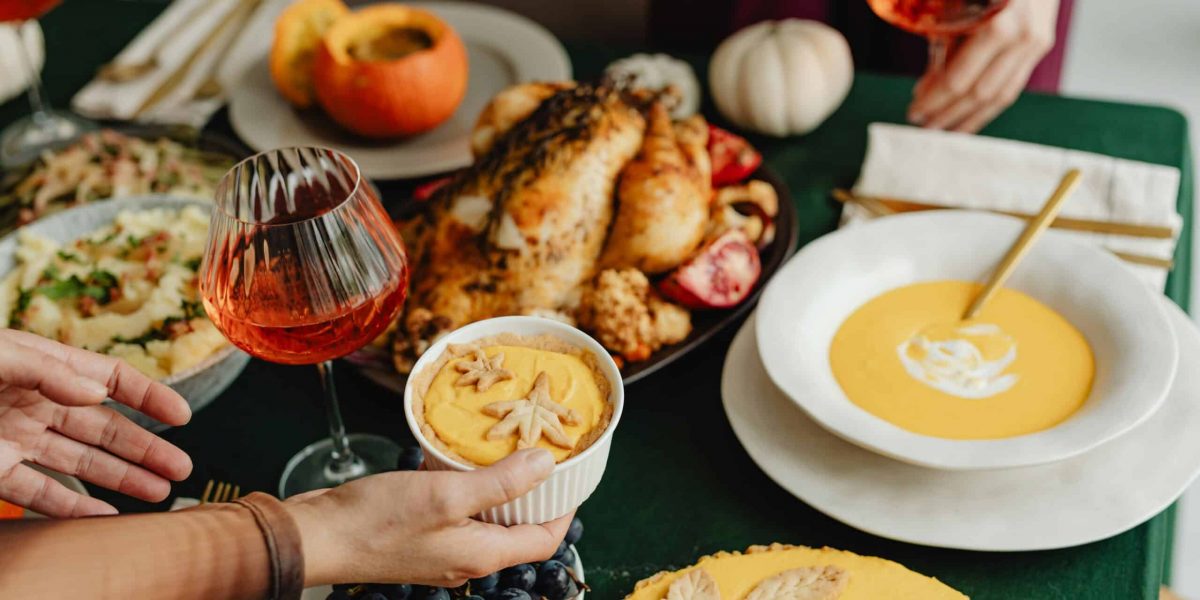What Are the Early Origins of Thanksgiving?
The roots of Thanksgiving in America are often traced back to 1621, when the Pilgrims, who had settled in Plymouth, Massachusetts, shared a feast with the Wampanoag Native Americans to celebrate their first successful harvest. The event followed a harsh winter in which many Pilgrims had perished, and it was a time to give thanks for the food and the help they had received from the local indigenous people.
However, it is essential to note that harvest festivals were not new to the Pilgrims. In Europe, such festivals were common, and the Pilgrims likely brought this tradition with them to the New World. Native American communities also had their own celebrations of the harvest, honoring nature’s bounty long before the arrival of European settlers.
The event in Plymouth is often cited as the “First Thanksgiving,” but it wasn’t initially intended to be a recurring holiday. For many years, Thanksgiving was celebrated sporadically, mainly in New England, as a way of giving thanks for a good harvest or deliverance from hardship. These early celebrations were marked by prayer, fasting, and, eventually, feasting.
While the Pilgrim’s 1621 feast is often credited as the first Thanksgiving, the road to making it an official annual celebration was a long one. Over the next couple of centuries, individual colonies and states would observe their own Thanksgiving days, often tied to local events or specific blessings.
The idea of a national Thanksgiving holiday didn’t start to take hold until the efforts of Sarah Josepha Hale, a writer and editor who became one of the most vocal advocates for a national day of thanks. Hale, best known for writing the nursery rhyme “Mary Had a Little Lamb,” campaigned for Thanksgiving to become an official national holiday throughout much of the 19th century. For over 17 years, Hale wrote letters to presidents and published editorials emphasizing the need for a unified Thanksgiving celebration across the United States.
Her persistence finally paid off when President Abraham Lincoln responded to her request during the Civil War. In 1863, in the midst of a divided nation, Lincoln proclaimed Thanksgiving a national holiday, setting the date for the last Thursday in November. He hoped that the day would promote unity and give the nation a reason to reflect on its blessings, even amid the turmoil of war. Lincoln’s proclamation marked the beginning of Thanksgiving as an annual national holiday, celebrated by Americans across the country.
How Did Thanksgiving Evolve Into the Holiday We Know Today?
Though Lincoln’s 1863 proclamation officially established Thanksgiving, the date and customs of the holiday continued to evolve. Initially, the holiday was primarily focused on giving thanks and spending time in prayer, but over time, it became more centered around food and family gatherings. The iconic turkey dinner, along with other staples like stuffing, cranberry sauce, and pumpkin pie, became a tradition in the late 19th and early 20th centuries, solidifying Thanksgiving’s association with feasting.
In 1939, Thanksgiving faced another change. President Franklin D. Roosevelt moved the holiday up by a week, attempting to extend the shopping season between Thanksgiving and Christmas to help boost the economy during the Great Depression. This change was met with controversy and confusion, leading to a division where some states followed Roosevelt’s new date, and others stuck with the traditional last Thursday in November. To resolve the issue, in 1941, Congress passed a law officially declaring the fourth Thursday of November as Thanksgiving Day, which remains the date we celebrate today.
Thanksgiving has also grown into a holiday with new traditions beyond the feast. The Macy’s Thanksgiving Day Parade, first held in 1924 in New York City, has become a cultural fixture, drawing millions of viewers every year. Football games, too, have become a popular Thanksgiving pastime, with the NFL’s Thanksgiving games beginning in 1934.
Beyond food and entertainment, the spirit of gratitude continues to be at the heart of the holiday. Many families take time to reflect on the things they are thankful for, while others volunteer at shelters or food kitchens, extending the holiday’s sense of giving and community to those in need.
The history of Thanksgiving reflects a rich blend of tradition, gratitude, and unity. From its early roots as a harvest celebration between Pilgrims and Native Americans to its establishment as a national holiday during the Civil War, Thanksgiving has evolved over the centuries. Thanks to the efforts of people like Sarah Josepha Hale and President Abraham Lincoln, the holiday became a symbol of togetherness and reflection for a nation. Today, Thanksgiving continues to serve as a reminder to appreciate the blessings in our lives while embracing the traditions that bring families and communities together.








